If you have friends or relatives in Japan, you might have tried to send a letter or a parcel abroad. Thus, you may know that postal services can be sensitive in case of wrongly written addresses. Also, the quality of the service depends on several factors: border rules, time of the year, and the specificities of each country. It’s been three years since I left France to live in Japan, and I have often exchanged letters and deliveries with my relatives. Still, the same question comes back each time: How do I write the address in Japan? This is the question I’ll try to answer here while sharing my tips.
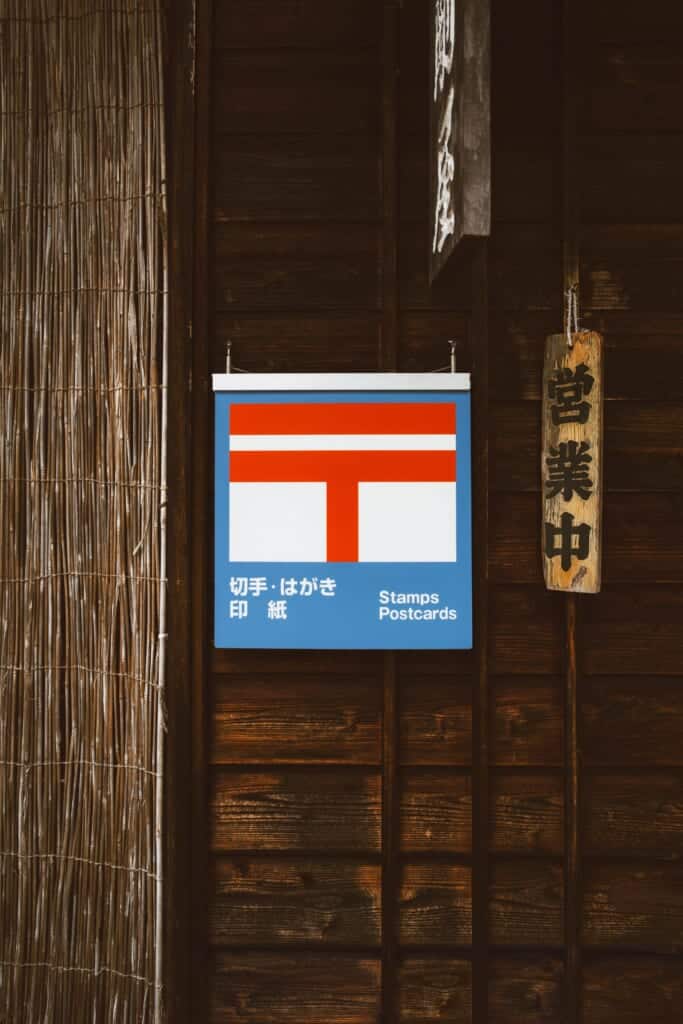
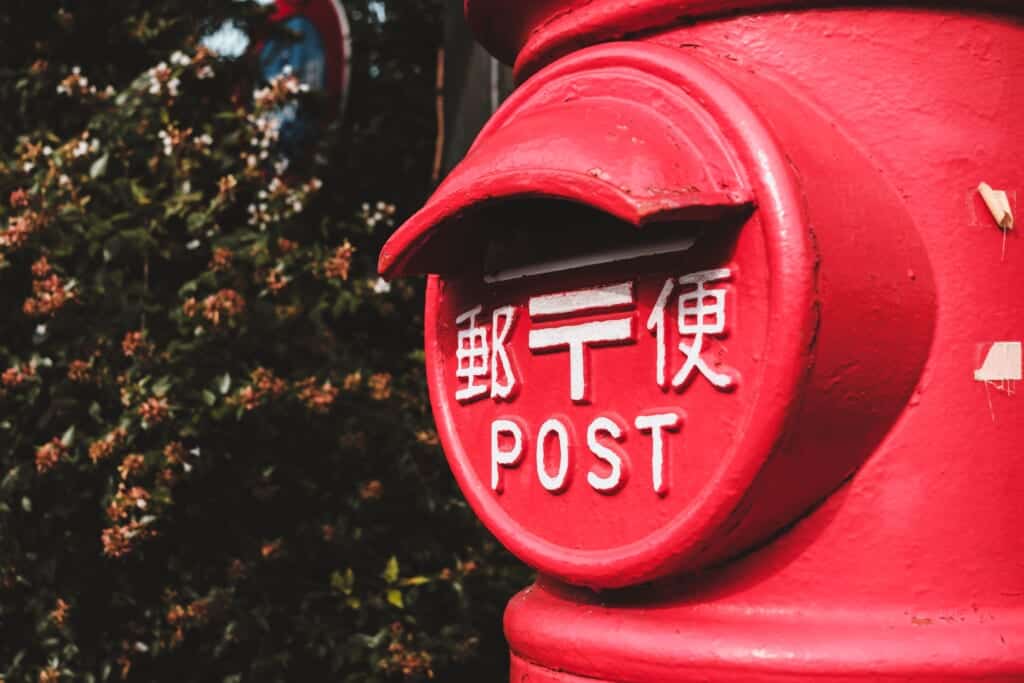
Should I write the address in Japanese or Romaji?
“Romaji” is the transcription of Japanese characters in the latine alphabet. For example, 東京 would become “Tokyo,” and 大阪 would become “Osaka.” So both are possible. But for my grandparents, who never went anywhere in Asia, it’s not easy to understand.
That said, which one is the most appropriate? We tested both with my family: I sent them my address in kanji through the internet so that they could print and stick it on the envelope and send it from France, and surprise: more than six months later, the letter came back to them with the note “address error.” In fact, it never left France, and as the country’s name was written in Kanji, French postal services didn’t know what to do with it nor what country to send it to.
On the opposite, when my family wrote my address with “Japan,” written as such, the letter could leave France and reach Japan without any problem. But instead of simply having it delivered to my mailbox, I got a delivery notice from the postman asking me to go to the nearest post office to get the precious letter. With my ID and the delivery notice, the embarrassed postman asked me if there was no mistake. This experiment made me realize that even though the letter will eventually make it to Japan, it may give difficulties to the postal services. Therefore, I would recommend writing both. You can print the address in Japanese and its transcription in romaji. And then, everyone is happy!

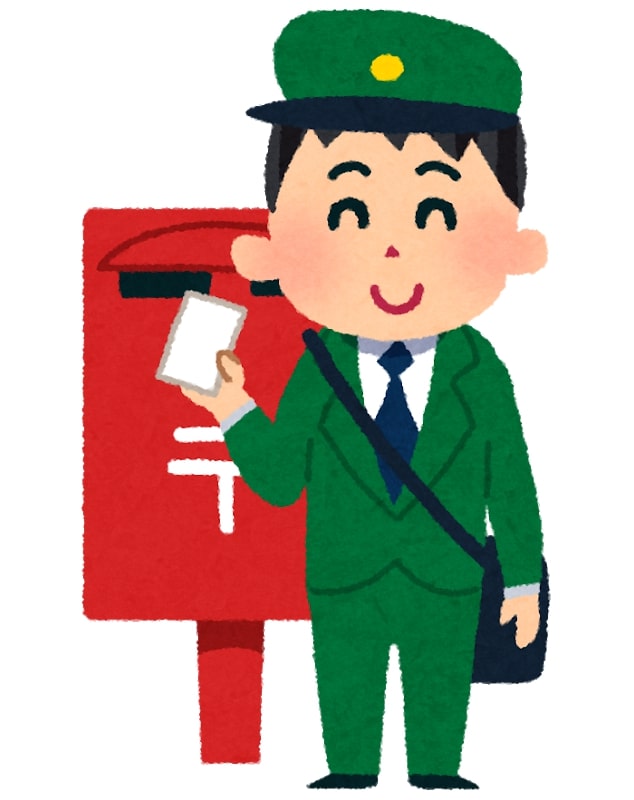
How to correctly write a Japanese address on a letter or a parcel
In order not to share any confidential information, I’m going to use the address of the Tokyo Tower. So, let’s just imagine that I live on top of this great red iron lady of Tokyo and see how to write my new address.

How to read a Japanese postal information
Before going any further, let’s see some kanji and vocabulary words used in Japanese addresses. In Japan, the address always starts with the postal code, then goes from the largest to the most specific, as shown below :
- The Japanese postal code
- 〒 (郵便記号, yubin kigo) is the postal acronym often used to indicate a postal code. Introduced in 1968, it was inspired by the katakana テ (te) from the word teishin (逓信, communications). You’ll see it everywhere in Japan: on mailboxes, on envelopes, on postal delivery trucks, etc. It is the first information that is filled in on a Japanese address. So we write this small character followed by a 3 and 4-digit postal code separated by a dash.
- e.g. 〒105-0011 (postal code 105-0011)
- 〒 (郵便記号, yubin kigo) is the postal acronym often used to indicate a postal code. Introduced in 1968, it was inspired by the katakana テ (te) from the word teishin (逓信, communications). You’ll see it everywhere in Japan: on mailboxes, on envelopes, on postal delivery trucks, etc. It is the first information that is filled in on a Japanese address. So we write this small character followed by a 3 and 4-digit postal code separated by a dash.
- The Prefecture
- 県 (ken) is a prefecture. It is the most commonly used word for prefectures in Japan (with some exceptions).
- e.g. 広島県 (Hiroshima-ken, Hiroshima prefecture)
- 府 (fu) is a so-called “urban” prefecture, such as Osaka or Kyoto.
- e.g. 大坂府 (Osaka-fu, Osaka urban prefecture)
- 都 (to) is a metropolis. It is used especially for the city of Tokyo, which comes to replace both the prefecture and city names.
- e.g. 東京都 (Tokyo-to, city of Tokyo)
- 道 (do), which is used only for Hokkaido prefecture.
- e.g. 北海道 (Hokkaido, Hokkaido prefecture)
- 県 (ken) is a prefecture. It is the most commonly used word for prefectures in Japan (with some exceptions).
- The City
- 市 (shi) is a city with a population exceeding 50,000 people.
- eg. 奈良市 (Nara-shi, city of Nara)
- 郡 (gun) is a county, usually including less than 50,000 people.
- e.g. 群馬郡 (Gunma-gun, Gunma county)
- 町 (machi or cho) is a town with a population smaller than a county (郡 gun).
- eg. 宇治田原町 (Ujitawara-cho, the township of Ujitawara)
- 村 (son or mura) is a village. It is the smallest type of municipality in Japan.
- eg. 柳河村 (Yamagawa-son, Yamagawa village)
- 市 (shi) is a city with a population exceeding 50,000 people.
- The Ward
- 区 (ku) is a ward. This is used for very large cities, comparable to the arrondissements of Paris, and is mostly used to refer to the 23 wards of Tokyo.
- e.g. 渋谷区 (Shibuya-ku, Shibuya ward)
- 区 (ku) is a ward. This is used for very large cities, comparable to the arrondissements of Paris, and is mostly used to refer to the 23 wards of Tokyo.
- The District
- 丁目 (chome) is a district. It is often preceded by a number. Note that in Japan, there are no street names, but numbers are used instead.
- e.g. 四丁目 (Yon chome, fourth district)
- 丁目 (chome) is a district. It is often preceded by a number. Note that in Japan, there are no street names, but numbers are used instead.
- The Block
- 番地 (banchi) is a block of several buildings. It, too, will be preceded by a number.
- e.g. 二番地 (Ni banchi, block number 2)
- 番地 (banchi) is a block of several buildings. It, too, will be preceded by a number.
- The Number
- 号 (go) means “number” and refers to the room or apartment number within a building.
- e.g. 203号 (number/room/apartment 203)
- 号 (go) means “number” and refers to the room or apartment number within a building.
There, it’s clear, right? Now that we know the different terms used in Japanese addresses let’s see how to combine them together.

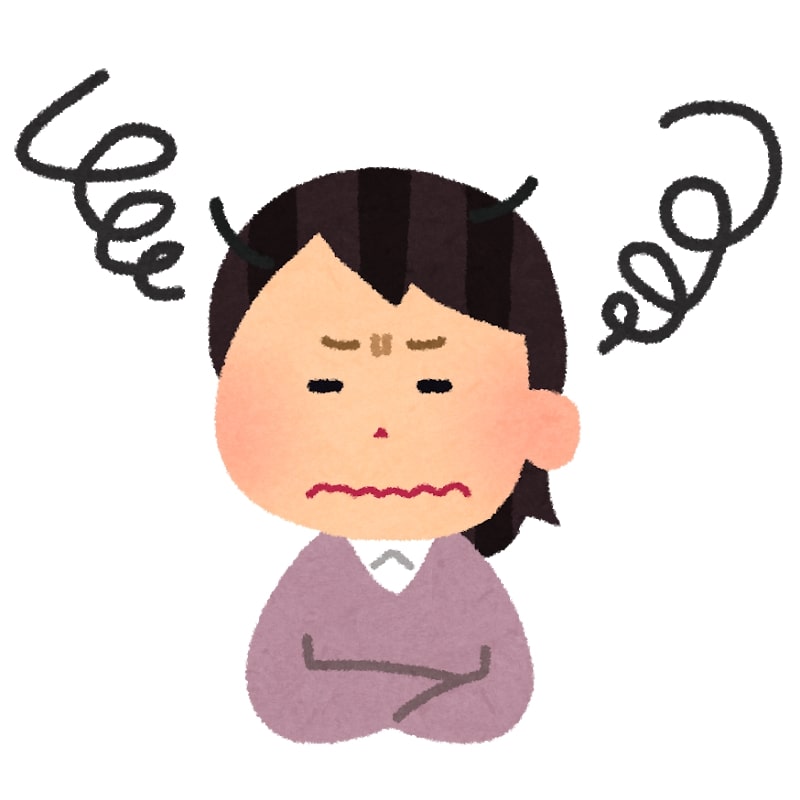
How to write a Japanese address in kanji
Like the pieces of a puzzle, the above-mentioned kanji, when put together, form an address in Japanese. Let’s see together the Japanese version of the address of my new home (Tokyo Tower):
- 〒105-0011 東京都 港区 芝公園四丁目 2番地 8号 東京タワー
Unlike Western addresses, Japanese addresses go from the most general to the most specific element and always work in this order: postal code (105-0011), prefecture, city or metropolis (東京都 Tokyo-to), district (港区 Minato-ku), ward (芝公園 四丁目 Shiba-koen yon-chome), block number (2番地 ni-banchi) and building number (8号 hachi-go). Then you can write the residence name (if there is one) as well as the name of the recipient (東京タワー Tokyo Tower).
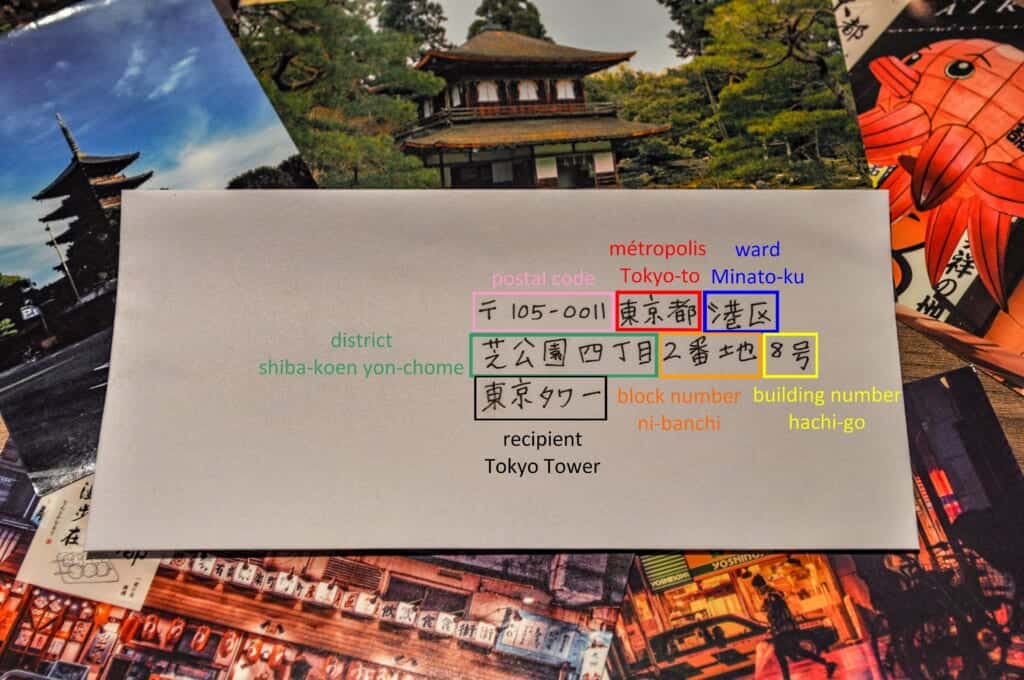
How to write a Japanese address in romaji
Comparatively, when we look at the address of the Tokyo Tower indicated by Google in English, we can notice that the order has been completely reversed, and we start from the most specific to the largest:
- Tokyo Tower, 4 Chome-2-8 Shibakoen, Minato, Tokyo 105-0011
It starts with the name of the residence (Tokyo Tower), the block, building and ward numbers (4 chome 2-8), then the name of the ward (Shibakoen), then the prefecture (Minato), then the city or metropolis (Tokyo), and finally the postal code (105-0011).
Although the English version seems simpler, it can also be tricky to understand for Japanese letter carriers since it follows a completely different order from the original.
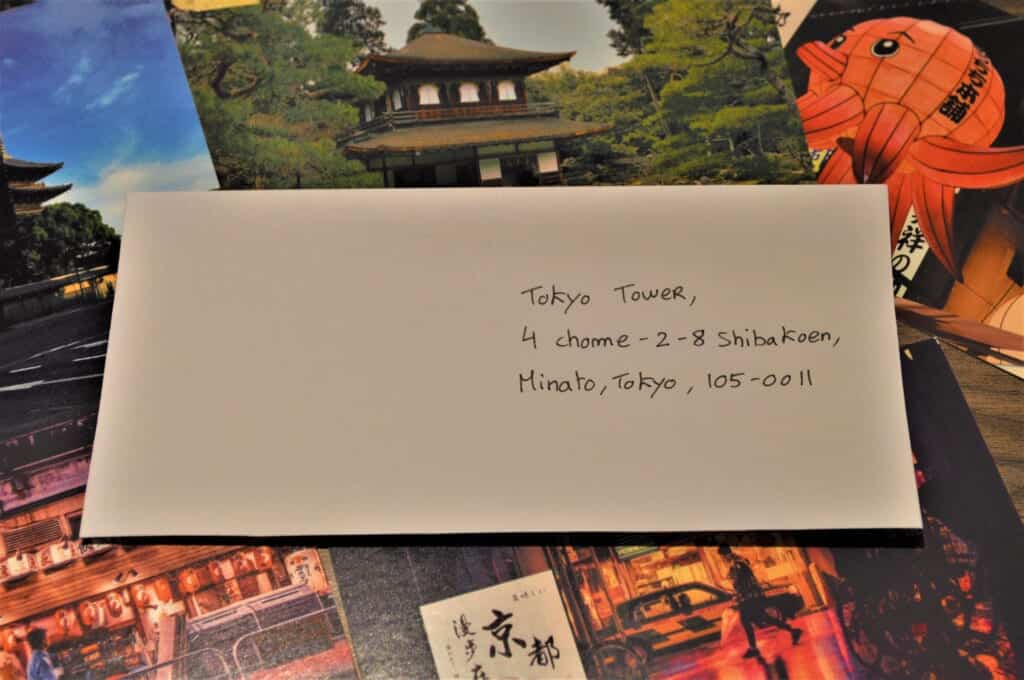
Should I choose kanji or romaji?
I often write both in a row while mentioning “JAPAN” in capital letters to ensure that the letter doesn’t get lost.
- 〒105-0011 東京都港区芝公園四丁目2番8号 東京タワー
- Tokyo Tower, 4 Chome-2-8 Shibakoen, Minato, Tokyo 105-0011, JAPAN
This order always worked for me, so I recommend you to ask directly to the recipient for the romaji transcription to not make any mistakes. Then you just have to print it (or copy it by hand if you feel like a calligrapher), and it’s done! Then you can decide if you prefer to write it horizontally or vertically (Japanese use both).
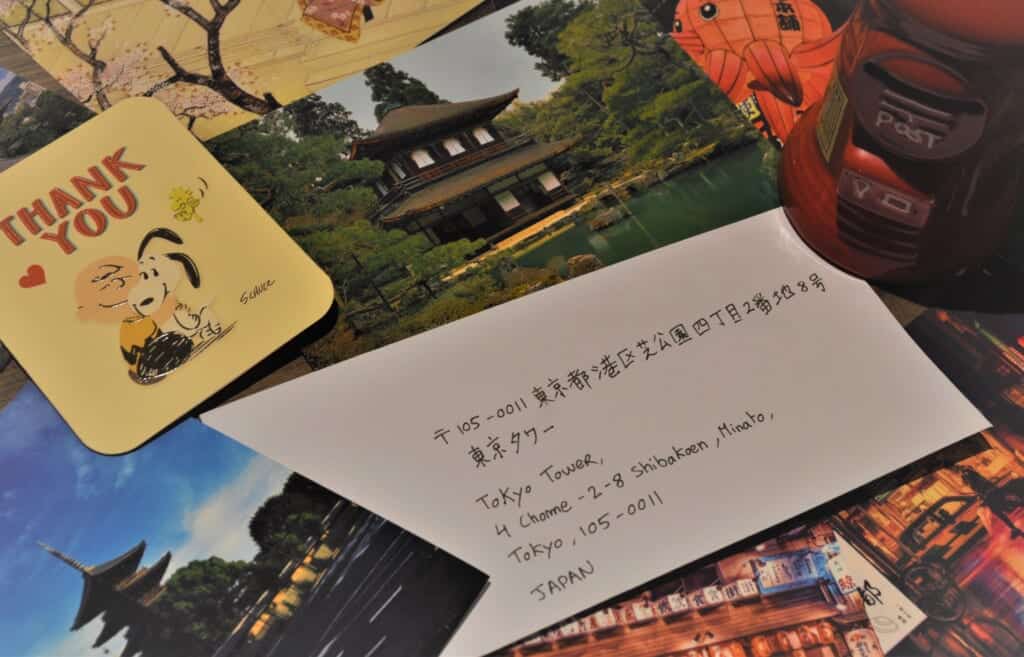
Should I write an address by hand?
You can try to copy the address in kanji by hand and thus put yourself in the shoes of a great calligrapher for a moment. Even if your kanji is not perfect, the most important thing is that they are legible so that your letter or parcel arrives at its destination.


However, you should know that writing the address by hand is not mandatory and that a simple printout will work. Just stick it directly on the envelope, and that’s it! For my grandparents, who have difficulty understanding the Japanese addressing system, I sent them several copies of my address in kanji and romaji that they just have to stick directly on the envelope. Simple and efficient!
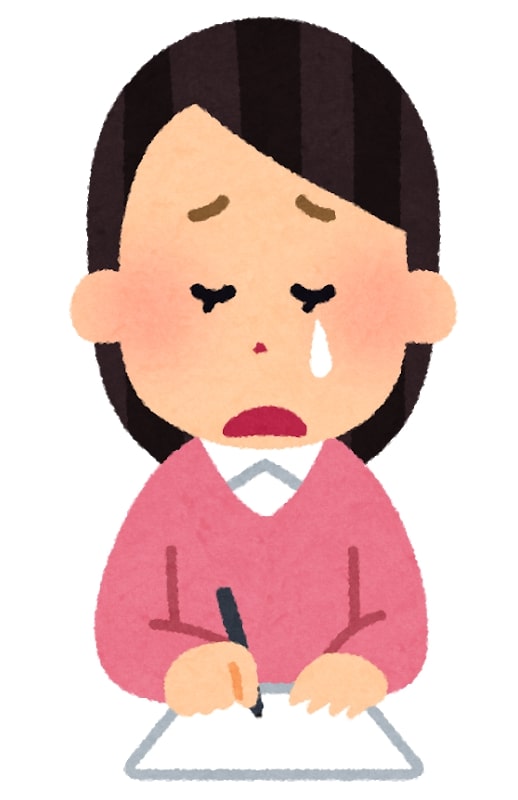

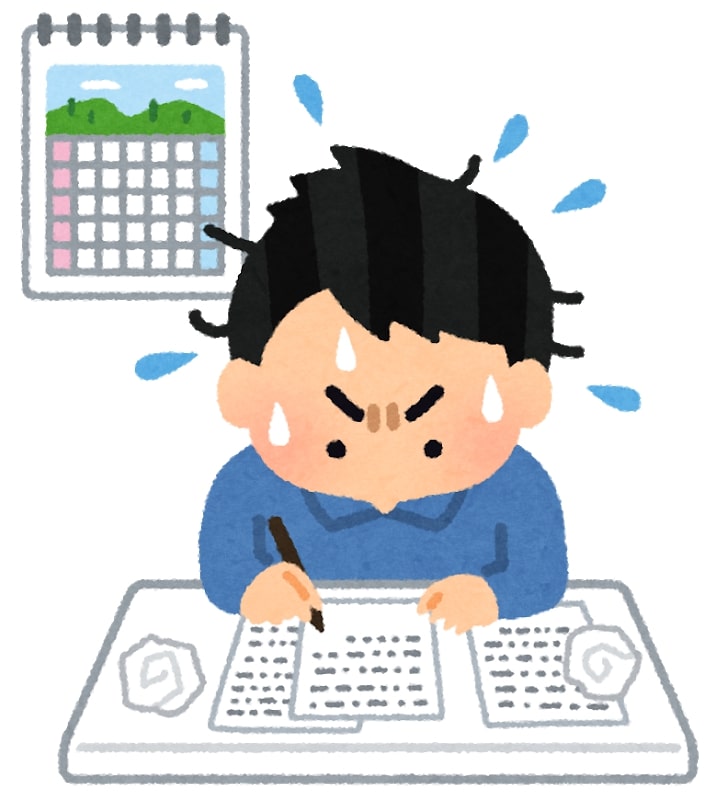

Tips and tricks from an ex-pat living in Japan
Before concluding this article, I would like to share some tips and tricks that I acquired during my three years living in Japan. Some things may seem obvious to you, but others may not so let’s increase your chances that your precious package or letter will reach you. It doesn’t matter if you send your letter from your country or Japan; the following advice applies to both:
- Tip #1: Don’t mail letters/packages directly into the mailbox. Go to the counter to ensure you have the right rate and fill out the right documents.
- Tip #2: Always write the sender’s address (yours) on the back of the envelope. If there’s a problem, the letter will be returned to you, and you can try to send it again. It’s better than having to start again from scratch.
- Tip #3: The country of destination should be written in the language of the sending country and/or in English. I recommend that you write it in capital letters and in English. Your letter will be less likely to get lost along the way. One year, my parents sent me a letter from France to Japan, and it went through… Argentina! Mystery… Anyway, they had written “JAPAN” on the letter, and it finally reached its destination. It just took a vacation along the way.
- Tip #4: If you send a package, write the address clearly on the package and inside! Imagine the journey this little package will take, crossing seas and oceans, braving the weather… The recipient’s label could come off, in which case the postal service will open the package to try to find an address. If they can’t find an address, the package will be transferred to lost and found, and you will probably never see it again.

The Japanese address system seems to differ from Western postal address presentation standards. Street names are replaced by numbers, and the order is reversed compared to the West. However, with a few little tricks and a basic understanding of reading Japanese addresses, they are not as different as they seem at first sight. Now that Japanese addresses have no more secrets for you, you have all the keys in hand to send letters or parcels to your friends in Japan!


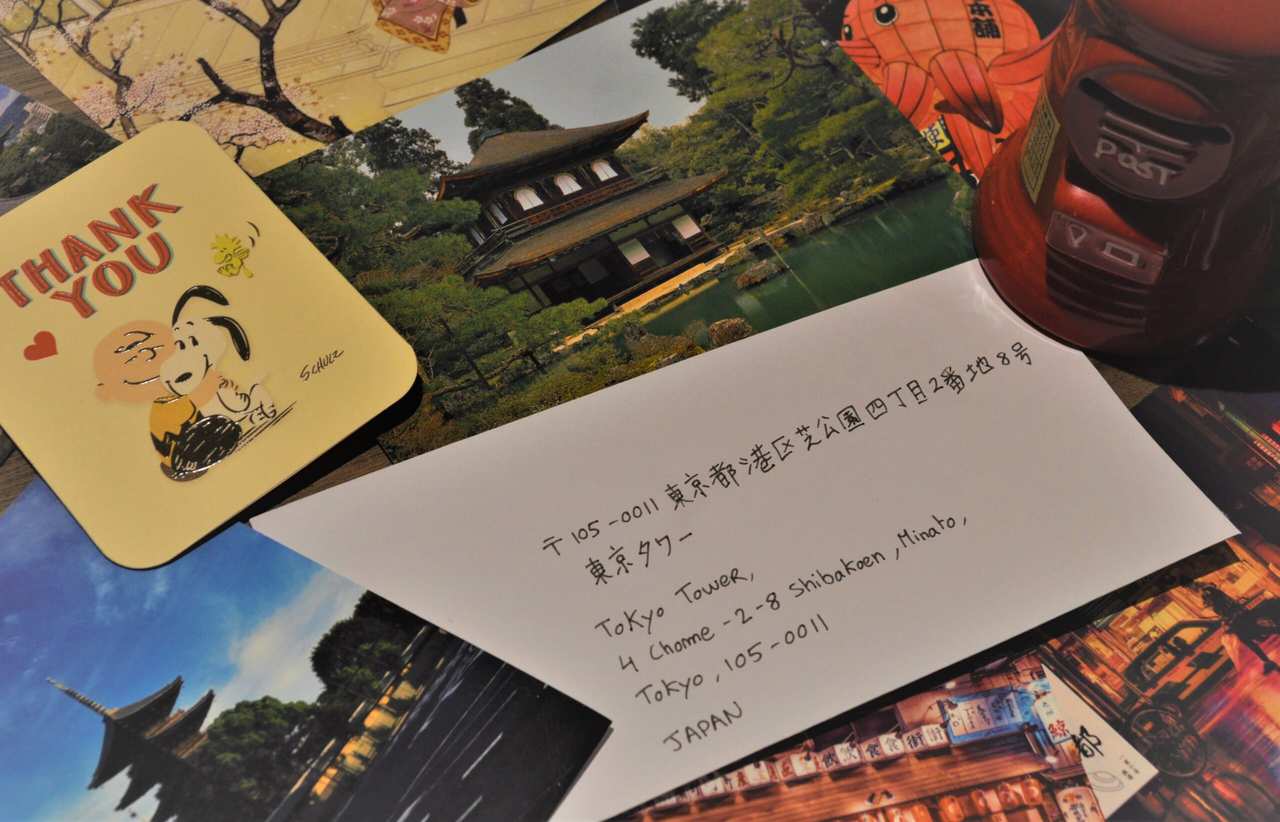











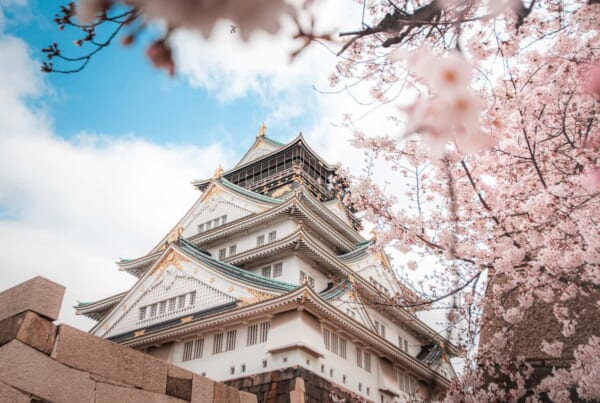


This was super helpful and detailed. Thank you!
Thank you! One question though: my house is “House B” or “Hse B” or “#B” and I’m not quite sure how or where I should list it! Help?
Hi Jen! Do you have a room number aside your house number? We’d recommend this ordering in Japanese:
1. Postal Code
2. Prefecture, City, Ward/Village, etc.
3. Apartment Building or House Name (in your case, House B), then room number (if you have one)
4. JAPAN (If posting from outside Japan)
I received an order for our product and I cannot figure out how to put the address in this order for USPS shipping:
Name: Takuya Uehira
Street Address:
2nd Street Address (if applicable):
City:
Province:
Postal Code: 634-0006
Country: Japan
What I received as an address:
634-0006
Nara SHINGACHO,KASHIHARASHI, 181
ROIYARUHAITSUNAKAGAWA 106
Takuya Uehira
I would really appreciate the help! Arigatō!
Hi Tina, Japanese addresses tend to follow a similar order to US addresses, except in reverse.
We’d suggest the following:
1. Takuya Uehira
2. ROIYARUHAITSU NAKAGAWA 106 (P.S. which is the romanization of “Royal Heights Nakagawa 106”. This is also the building name and room number. We suggest the romanized version, as it looks like the building uses the Japanese katakana characters, while “Royal Heights” may not be as easily interpreted by Japanese postal member)
3. Shinga-cho, Kashihara City (“Shinga-cho” is the area name. If this doesn’t fit into the city section, we suggest putting it in the “2nd Street Address” section)
4. Nara Prefecture (Use this for the Province section)
5. 634-0006 (Postal Code)
6. JAPAN (We recommend writing “Japan” in all caps)
Hope that helps!